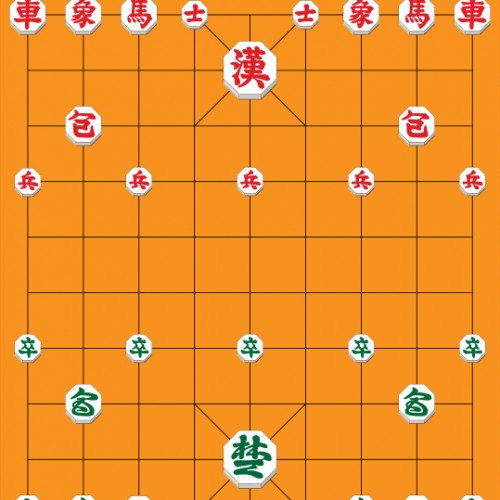BATTLESHIP VS JANGGI

BATTLESHIP
Battleship (also Battleships or Sea Battle) is a strategy type guessing game for two players. It is played on ruled grids (paper or board) on which each player's fleet of ships (including battleships) are marked. The locations of the fleets are concealed from the other player. Players alternate turns calling "shots" at the other player's ships, and the objective of the game is to destroy the opposing player's fleet. Battleship is known worldwide as a pencil and paper game which dates from World War I. It was published by various companies as a pad-and-pencil game in the 1930s, and was released as a plastic board game by Milton Bradley in 1967. The game has spawned electronic versions, video games, smart device apps and a film. The game of Battleship is thought to have its origins in the French game L'Attaque played during World War I, although parallels have also been drawn to E. I. Horsman's 1890 game Basilinda, and the game is said to have been played by Russian officers before World War I. The first commercial version of the game was Salvo, published in 1931 in the United States by the Starex company. Other versions of the game were printed in the 1930s and 1940s, including the Strathmore Company's Combat: The Battleship Game, Milton Bradley's Broadsides: A Game of Naval Strategy and Maurice L. Freedman's Warfare Naval Combat. Strategy Games Co. produced a version called Wings which pictured planes flying over the Los Angeles Coliseum. All of these early editions of the game consisted of pre-printed pads of paper.
Statistics for this Xoptio

JANGGI
Janggi (including romanizations changgi and jangki), sometimes called Korean chess, is a strategy board game popular in Korea. The game was derived from xiangqi (Chinese chess) of China and is very similar to it, including the starting position of the pieces, and the 9×10 gameboard, but without the xiangqi "river" dividing the board horizontally in the middle. Janggi is played on a board nine lines wide by ten lines long. The game is sometimes fast paced due to the jumping cannons and the long-range elephants, but professional games most often last over 150 moves and so are typically slower than those of Western chess. In 2009, the first world janggi tournament was held in Harbin, Heilongjiang China. The board is composed of 90 intersections of 9 vertical files and 10 horizontal rows. The board has nearly the same layout as that used in xiangqi, except the janggi board has no "river" in the central row. The pieces consist of disks marked with identifying characters and are placed on the line intersections (as in xiangqi and Go in China). Janggi pieces are traditionally octagonal in shape, and differ in size according to their rank. The sides are Blue (or sometimes Green), which moves first, versus Red. Each side has a palace that is 3 lines by 3 lines (9 positions) in the centre of their side of the board against the back edge. The palace contains four diagonal lines extending outwards from the centre, forming an "X" shape.